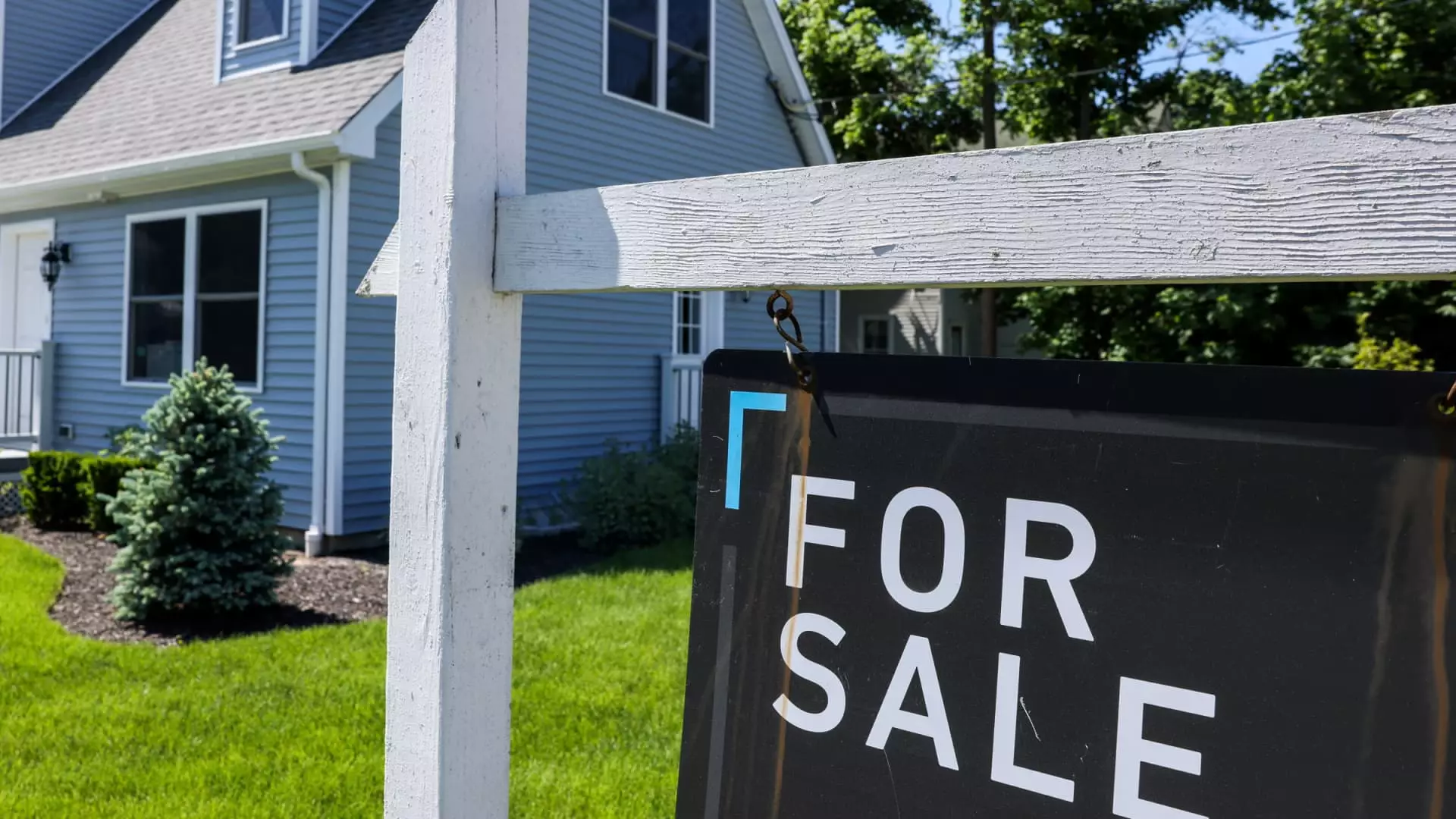In the realm of finance, the subtle shifts in mortgage rates can have profound implications for the housing market. Recently, mortgage rates experienced a slight decline, promoting an uptick in refinancing applications. According to the Mortgage Bankers Association (MBA), refinancing demands surged by 10% compared to the prior week and exhibited a staggering 33% increase from the same period last year. This uptrend follows a notable 12% growth the week before, revealing a consistent pattern that could signal a recovery phase for homeowners contemplating refinancing.
Understanding the Current Refinance Landscape
The recent decrease in mortgage rates saw the average contract interest rate for 30-year fixed-rate mortgages with loans up to $766,550 dip to 6.95%, compared to 6.97% the previous week. Despite the marginal decrease in rates, the associated loan costs remained stable at 0.64 points, suggesting that while rates may be lower, the associated fees continue to act as a barrier for some potential borrowers. Joel Kan, vice president of the MBA, indicates that the current scenario reflects the highest level of refinancing activity since October 2024, especially notable as homeowners with fixed-rate mortgages now grapple with rates at or exceeding 6%.
The Impact of High Interest Rates
Despite the rise in refinancing applications, a considerable percentage of homeowners—approximately 17%—hold mortgages with interest rates at or above 6%. This figure, the highest since 2016, illustrates the stagnation many face in an environment where rates hover near the 7% mark. The reality is that the cost associated with modifying an existing mortgage can deter many from taking action, despite tempting rate reductions. While weekly statistics suggest robust growth, the overall volume remains relatively low, indicating that many homeowners are still on the fence about refinancing.
Conversely, the demand for new mortgage applications to purchase homes saw a decline of 2% last week. Although this represents a decrease, it is essential to note that demand remains 2% higher than the same week last year. This duality speaks to the ongoing challenges within the housing market, where affordability remains a critical concern, particularly among first-time buyers. Most current market activity is now concentrated at the higher end of the spectrum, with average loan sizes for purchase applications peaking at $456,100—the highest since March 2022. This trend is influenced by a dip in applications under the Federal Housing Administration, while Veterans Affairs loans have seen a rise.
Looking ahead, the mortgage market’s fluctuations are expected to be influenced by impending inflation data. A forthcoming consumer price index report is poised to provide crucial insights into the broader economic landscape. Matthew Graham, the chief operating officer at Mortgage News Daily, emphasizes the uncertainty that surrounds inflation forecasts. As this data is notoriously difficult to predict, stakeholders in the mortgage market are urged to stay vigilant, weighing the potential for renewed progress toward the Federal Reserve’s 2% inflation target against the backdrop of current economic conditions. In this environment, the interplay between mortgage rates and economic indicators will be pivotal in shaping the decisions of potential buyers and homeowners alike.

